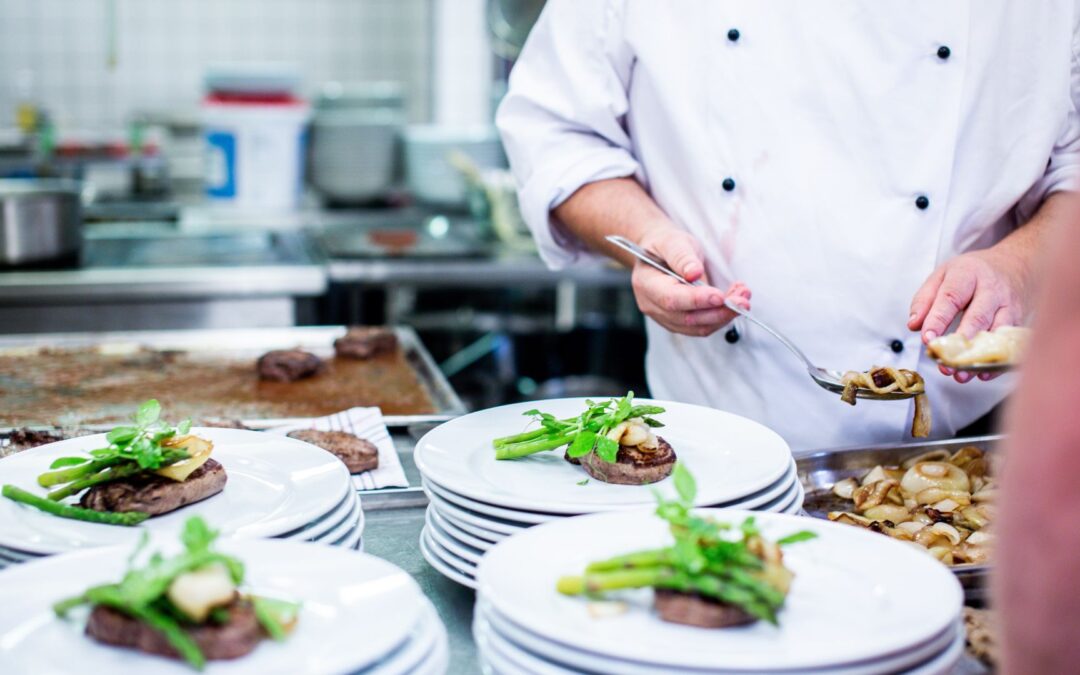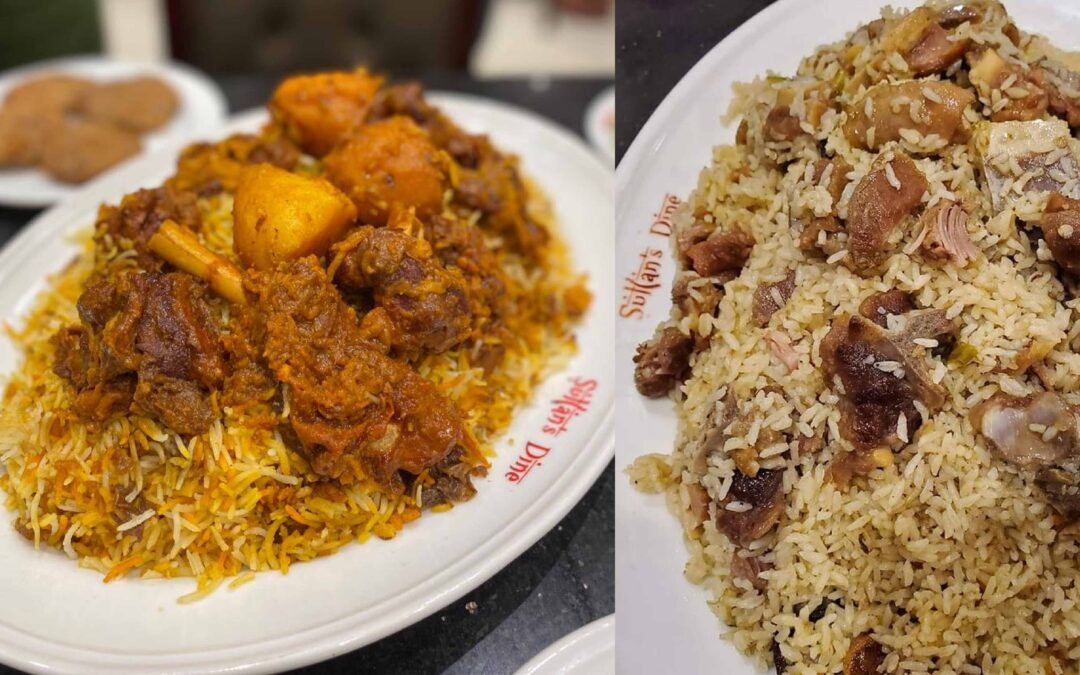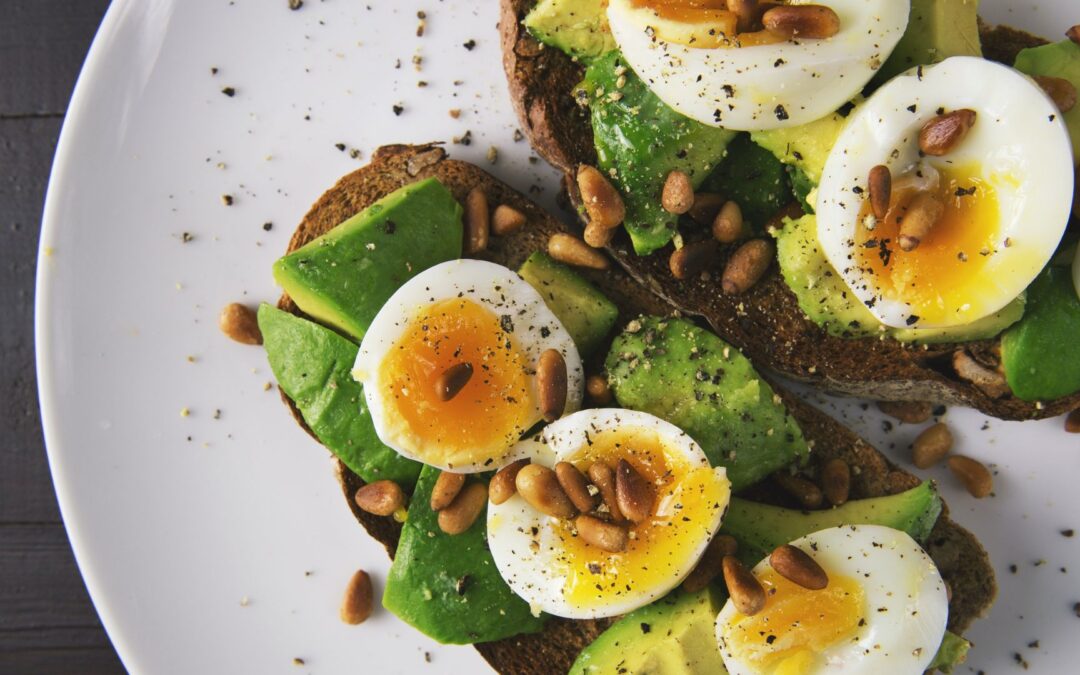Hello everyone, welcome back and happy new year! It’s been a while, hasn’t it? To kickstart this year, we’re starting with a topic that I’m sure everyone will find intriguing!
As the morning sun rises, street vendors are already out on the streets jhal muri, street breakfast, frying up delicious samosas and shingharas to entice early risers. Believe it or not, street food vendors are more rampant than you think. Envision the streets of Dhaka, aren’t they cramped with food vendors selling a range of consumables? Imagine how many office workers buy themselves breakfasts every morning from street vendors, how many people buy street food in order to celebrate joyous occasions such as birthdays and how many schoolchildren buy themselves treats on the way home.
In 2019 a shocking report was published, stating the various ill effects on an individual if they were to consume food from such vendors.
Surprisingly the study doesn’t comment at all on the unhealthy nature of the food served on the Bengali food street scene or lack of food safety compliance at all; the focus of this article was regarding the startling consequences of wrapping food in newspapers?
Are you shocked yet?
Newspapers are cheap and easily accessible, so why wouldn’t a food vendor serve food in them? Food wrapped in newspapers has become so normalised, no one stops to ponder the impact of such a seemingly innocent decision. Sadly there are rather catastrophic consequences.
But why are newspapers so dangerous?
A newspaper comprises of two main components: paper and ink. The paper is relatively harmless but the ink is a whole other story. In the ink, there are various bioactive substances, colours, pigments and other nasty things. When warm food is placed in a newspaper, the ink reacts with food and chemically/microbiologically contaminates it. When someone consumes food wrapped in newspaper, they are indirectly consuming ink!
I’m sure all our readers can appreciate that consuming ink doesn’t sound safe at all. But really, what are the real dangers of consuming it? Over a prolonged period of time, consumption can lead to… death! This habit can also lead to the heart, liver, brain, lungs kidneys, bones etc. Ink is even more potent in those groups such as the following: infants, the elderly or pregnant.
There hasn’t been proper research conducted regarding the extensive impacts of consuming food wrapped in newspapers. However, from the reliable thorough research that we do have access to, it is clear that food should NOT be wrapped in newspapers. There are alternatives to newspaper
We can all take action in spreading awareness about this issue. Luckily there are alternatives such as plastic wrap, aluminium foil, and packing paper. Plastic containers are available in massive quantities at a very cheap price so would be a great option for food street vendors who need crafty alternatives.
I know the prospect of eliminating newspapers as a packing material may seem daunting, but to end on a positive note this issue is starting to gain international recognition and the amount of research revolving around this topic is ever-expanding.
To summarise all the points above, we have a wonderful diagram: Depiction of the health of Newspaper Ink.

For food wrapping, Grease-resistant paper by itself is safe to use as a food contact surface. However, most ink used for printing on grease-resistant paper is not an approved food contact surface. Greaseproof paper (or parchment paper as it’s sometimes known) is a cost-effective and relatively easy way to serve your wraps. They are thin so you can stack a lot in a small space. They are readily available in different sizes, colours and prints.






